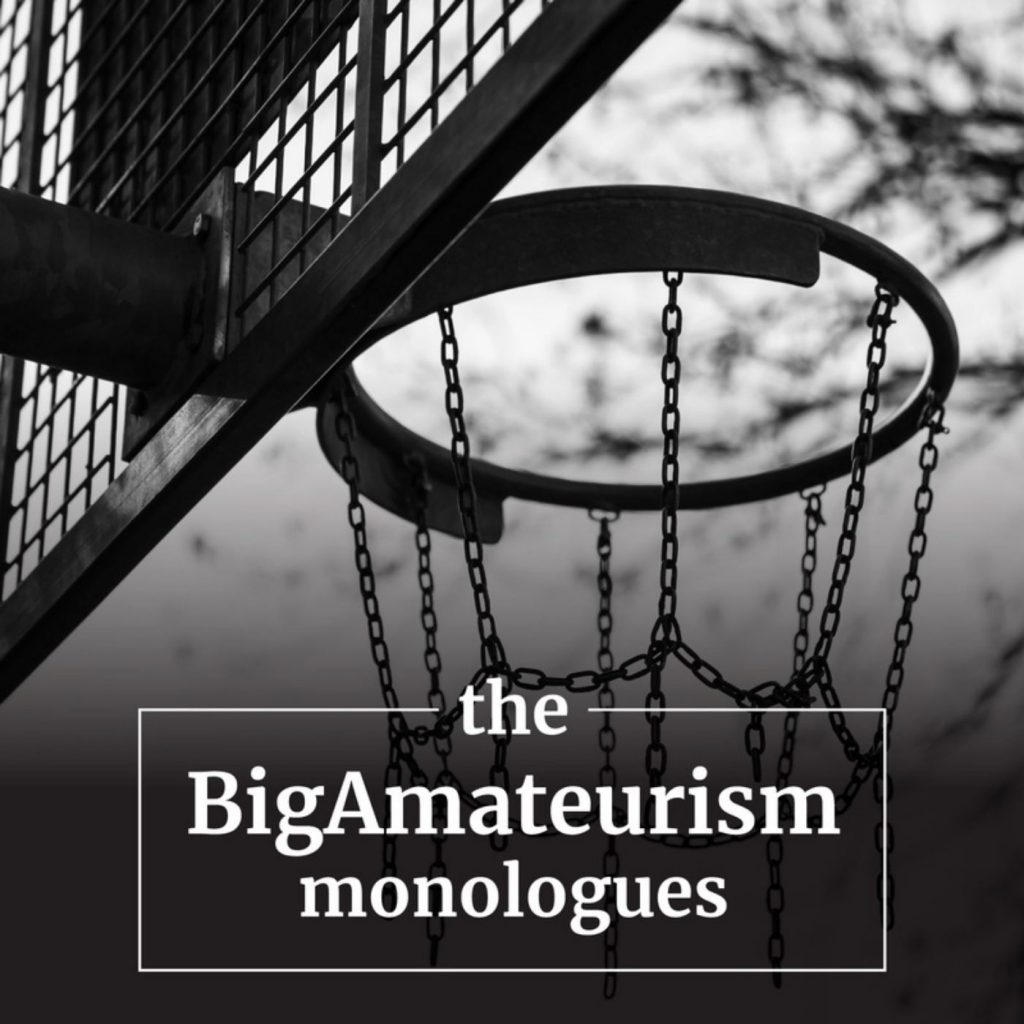Episodes
This episode wrestles with the question: why are universities in the business of big-time college sports? Swirling around this fundamental question that has been the bane of college sports reformists for nearly 100 years are two subsidiary and related questions: (1) is it possible to reconcile the perceived tension between the academic/intellectual mission of higher education and commercialized, professionalized big-time college sports?; and (2) do we have our priorities straight in the marriage of higher education and big-time college sports?
Show Notes
We discuss in broad strokes the college sports reform movements—from the 1929 Carnegie Report to the 2010 Knight Commission Report—and their impact in framing the narrative that big-time college sports collide with the primary purpose of higher education and threaten the academic integrity of universities. We tease out through the eyes of academic writers, nonprofit foundation-sponsored critiques of college sports, Myles Brand (former Indiana University and NCAA presidents), and sports economists why university decision-makers insist on participating in the big-time college sports sweepstakes. And it isn’t just about the money.
Resources for this Episode:
John R. Thelin, Games Colleges Play: Scandal and Reform in Intercollegiate Athletics (Johns Hopkins University Press, 1994)
The 1929 Carnegie Report on American College Athletics (subscription required)
Reports of the Knight Foundation on Intercollegiate Athletics (1991-1993) (1991: “Keeping Faith with the Student Athlete: A New Model for Intercollegiate Athletics”; 1992: “A Solid Start: A Report on Reform of Intercollegiate Athletics”; 1993: “A New Beginning for a New Century: Intercollegiate Athletics in the United States”)
Report of the Knight Commission on College Athletics(2001) (“A Call to Action: Reconnecting College Sports and Higher Education”)
Report of the Knight Commission on Intercollegiate Athletics (2010) (“Restoring the Balance: Dollars, Values, and the Future of College Sports”)
Myles Brand’s 1/23/2001 Speech to the National Press Club
The Incremental Benefits and Costs of Football, Bowling, and Rifle at the University of Alabama Birmingham (Daniel A. Rascher and Andrew D. Schwarz, 2015)
This episode offers a 30,000 feet overview of the BigAmateurism podcast and a brief description of milestone events from 2006-2021 (with an emphasis on 2019-2021) that have created a perfect storm that will likely be viewed as one of the most consequential eras in the history of college sports. Meet the host, receive a briefing on the podcast’s itinerary, and enjoy the show!
Show Notes
The NCAA and Power 5 conferences (ACC, Big Ten, Big 12, Pac-12, and SEC) are in the midst of an audacious regulatory power grab in Congress and the US Supreme Court. Under the guise of name, image, and likeness “compensation” for NCAA athletes, the NCAA and Power 5 have quietly laid the foundation for a war to eliminate external threats to their regulatory authority and their revenue streams in the 15 billion-dollar-a-year college sports entertainment industry. The NCAA and Power 5 seek extraordinary federal immunities and protections including (1) absolute immunity from federal fair competition laws (antitrust) in suits filed by revenue-producing athletes that challenge NCAA amateurism-based compensation limits; (2) the nullification of any state law that conflicts with NCAA amateurism-based compensation limits (federal preemption); and (3) federal protection from attempts by athletes to form unions (anti-employee provision). If these immunities and protections—which are unprecedented in college sports—are granted, the burgeoning athletes’ rights movement will come to an abrupt end and eliminate the possibility that revenue-producing athletes will have the same economic freedoms that all other Americans enjoy. The NCAA and Power 5 campaigns in Alston and Congress are directed to a small group of elite football and men’s basketball players, the substantial majority of whom are African-American. These athletes provide nearly all of the value in the college sports marketplace and they receive no compensation for their rare talents and labor above the existing athletic scholarship limit. The NCAA/Power 5 regulatory power grab has played out in a perfect storm of events that will likely make the period 2019-2021 the most consequential eras in the history of college sports. The elements of the perfect storm include: (1) the first wave of athlete-initiated antitrust suits beginning in 2006, one of which is now pending in the US Supreme Court (Alston) and could provide the NCAA and Power 5 immunity from liability under federal fair competition laws; (2) the NCAA and Power 5’s dishonest campaign for name, image and likeness “compensation” in the US Senate in their effort to achieve the Iron Throne of college sports regulation; (3) the disruption of the college sports marketplace due to COVID which exposed substantial cracks in the foundation of the business model of college sports; (4) race-related social unrest arising from the murder of George Floyd and other events that temporarily shed light on the racial component of the NCAA/Power 5 business model; (5) the death of Ruth Bader Ginsburg in September 2020 and Amy Coney Barrett’s ascent to the Supreme Court which has important implications in the pending Alston case; and (6) the January 5th Georgia special elections in which the Senate flipped from Republican to Democrat and eliminated the NCAA/Power 5’s political advantage; and (7) the NCAA’s abrupt decision immediately after the Georgia special elections to cease its claimed work on voluntary name, image and likeness rules changes. This episode lays the foundation for a detailed analysis of the perfect storm and why it is so important.




